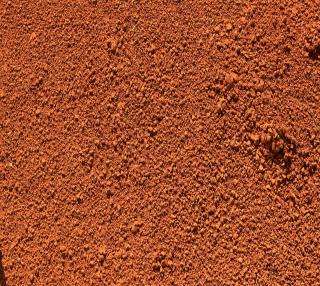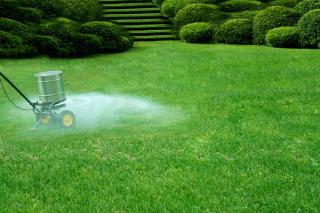Spring has finally sprung, and it is time to start thinking about landscaping and how to make the most out of what each home has. Different homes in different environments call for different specialties when it comes to taking care of a yard. That is why we at Stoeckig Landscape Group are here to help. Working with different textures, especially when it comes to things like the clay in southern states like Georgia, can be difficult and frustrating. Most people do not know how to deal with this sort of texture, and more specifically, what this texture does to the landscaping process in general.
Note the Differences
First and foremost, it is important to note that clay is very different than traditional soil. While soil is able to hold and create the nutrients that help plants grow and thrive, clay is a very hostile environment for these plants to survive in. Unlike traditional soil, clay does not allow for the absorption and retention of those vital nutrients. This can be frustrating for even the best landscape contractors in Alpharetta, but luckily there are ways to cope.

Make a Change
One of the ways to work with this clay is to add to it. While it may seem counterproductive, adding sand to the clay that one wants to plant in can help the plant to grow, and maybe even thrive in these less than ideal conditions. Certain sands that are coarser than the kind you would typically find in a sandbox, can help give the plant something to grow with and onto. You must be extremely careful when doing this, however, because too much or too little of even the right kind of sand can make the problems caused by clay even worse in the long run.
Start by experimenting with small sections of the yard at a time. Find a patch of clay that can be tested and begin doing so after all research is complete. Start by adding a little bit of sand every few days to the clay to acclimate it, and then see if the plants are able to survive in the environment. This process can take some time and energy, but in the end the successes are worth the failures.
Test New Ideas
Another process that can be tried is the use of soil conditioners. While not fully proven since they are still relatively new, these products can help clay become more of an accepting environment. Many plants are still not able to fully thrive, but advancements in this field are making the outlooks seem very promising.
If you are daring, you can even try just planting in the soil itself. This process can be tricky because it involves finding the root flair and placing it in the exact perfect location. This option has high risk, high reward in the fact that the chances are unlikely that a plant just outright planted in clay will survive, but if it does, it will be exciting.

The clay in Georgia can make planting favorite flowers incredibly frustrating. While the process and options may seem daunting, there are always landscape contractors in Alpharetta ready to help. These professionals have gone through hands-on experience in the field, and will be able to tackle any issue that clay can throw their way. The outlook may seem dim, but the clay in Georgia is manageable if treated and cared for the right way. So go ahead and get your hands dirty today for a great payoff tomorrow!
